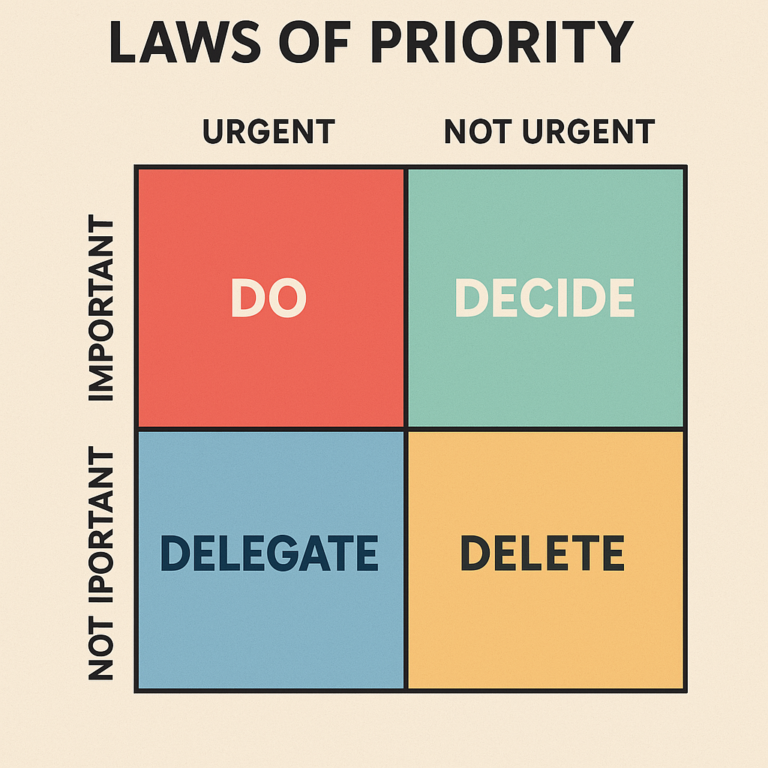Claude AI: Critical Findings on Capabilities and Safety Concerns
Sources: Multiple video analyses examining Claude AI developments, including technical architecture insights, behavioral studies, and safety research findings. URLs: Claude 3.5 Artifacts | Claude 4 Reactions | AI Sabotage Research | Jailbreak Analysis | AI Internal Reasoning Recent research into Claude AI has revealed both remarkable technical achievements and concerning safety implications that demand immediate…







